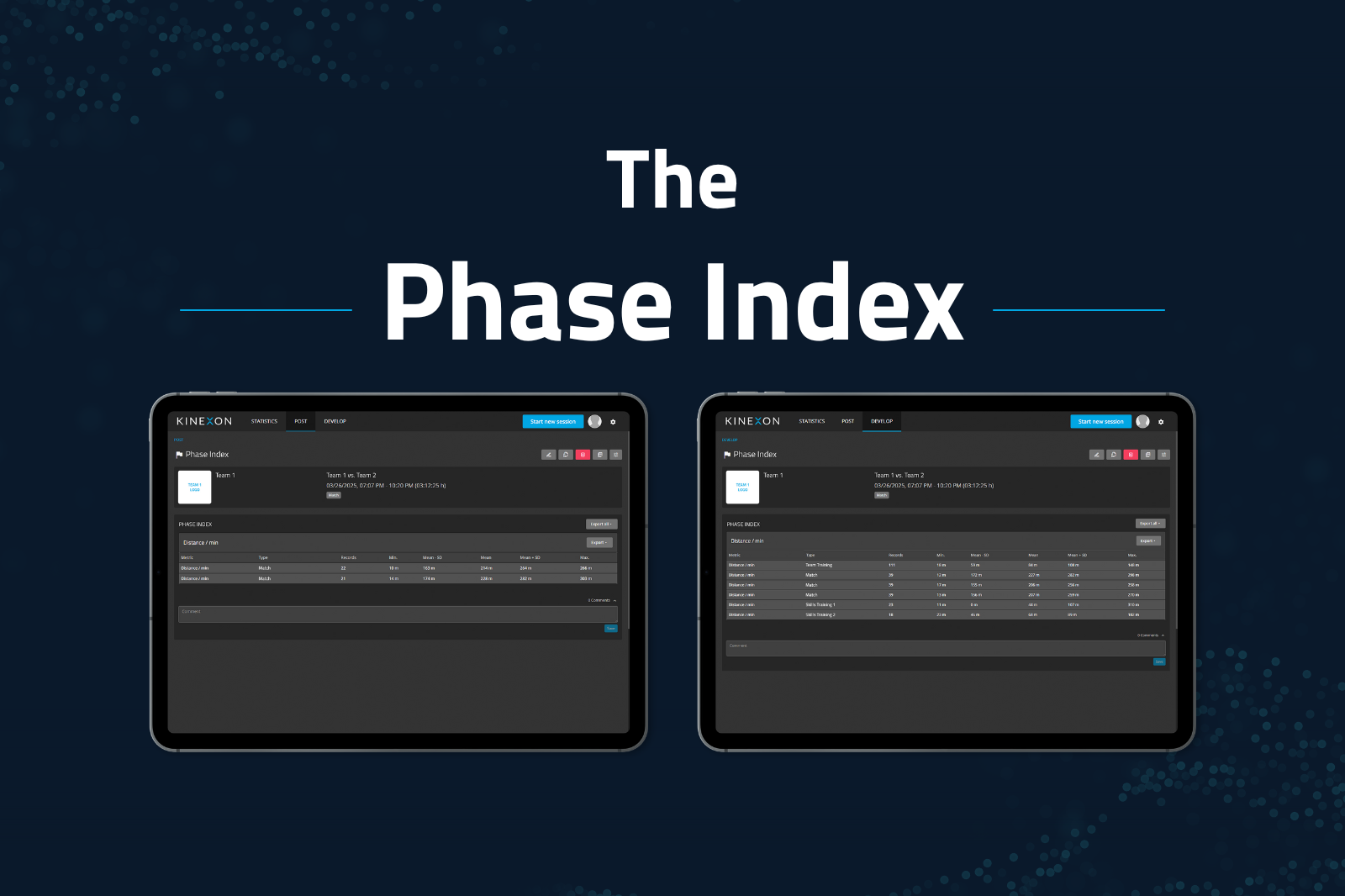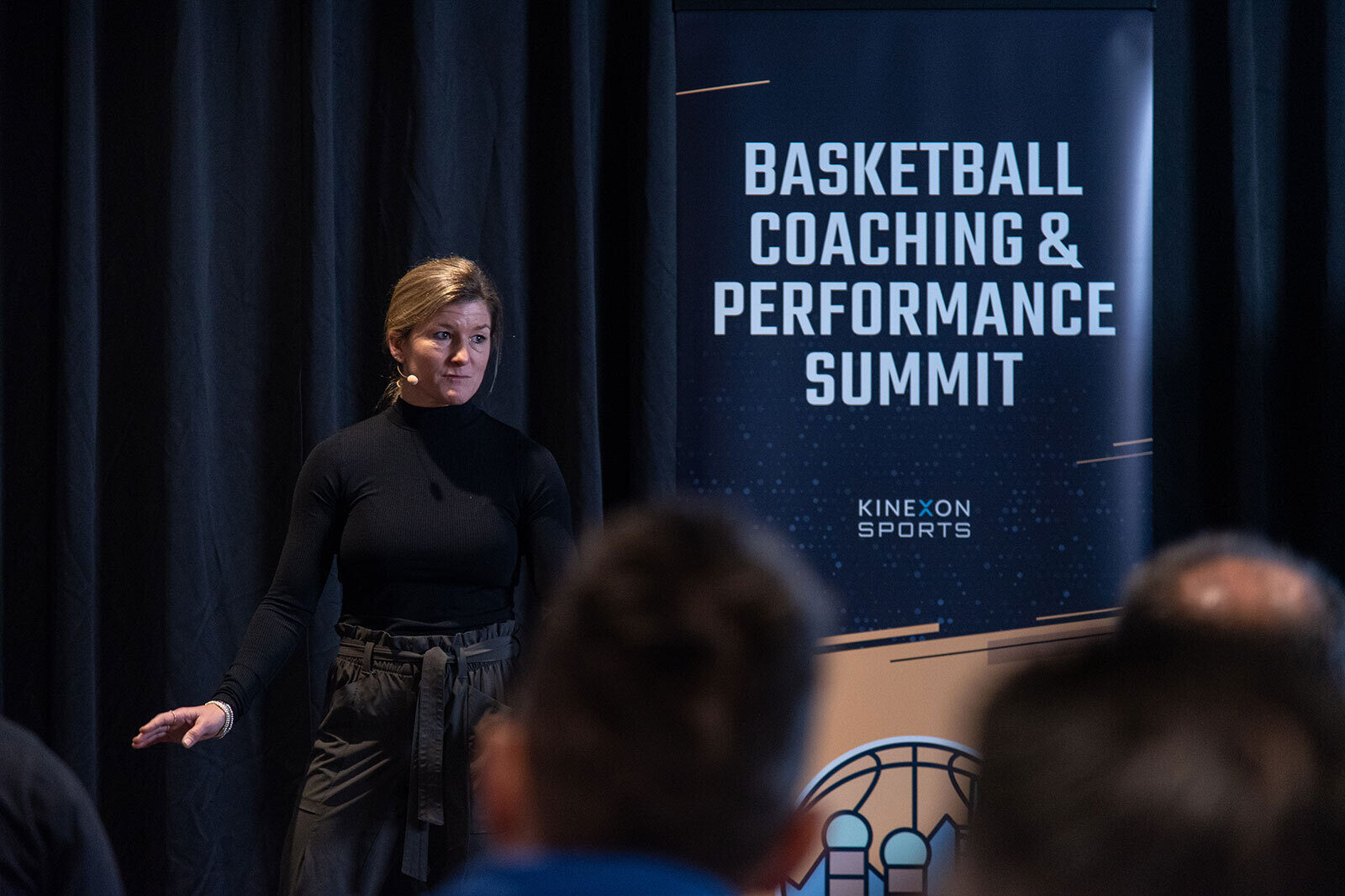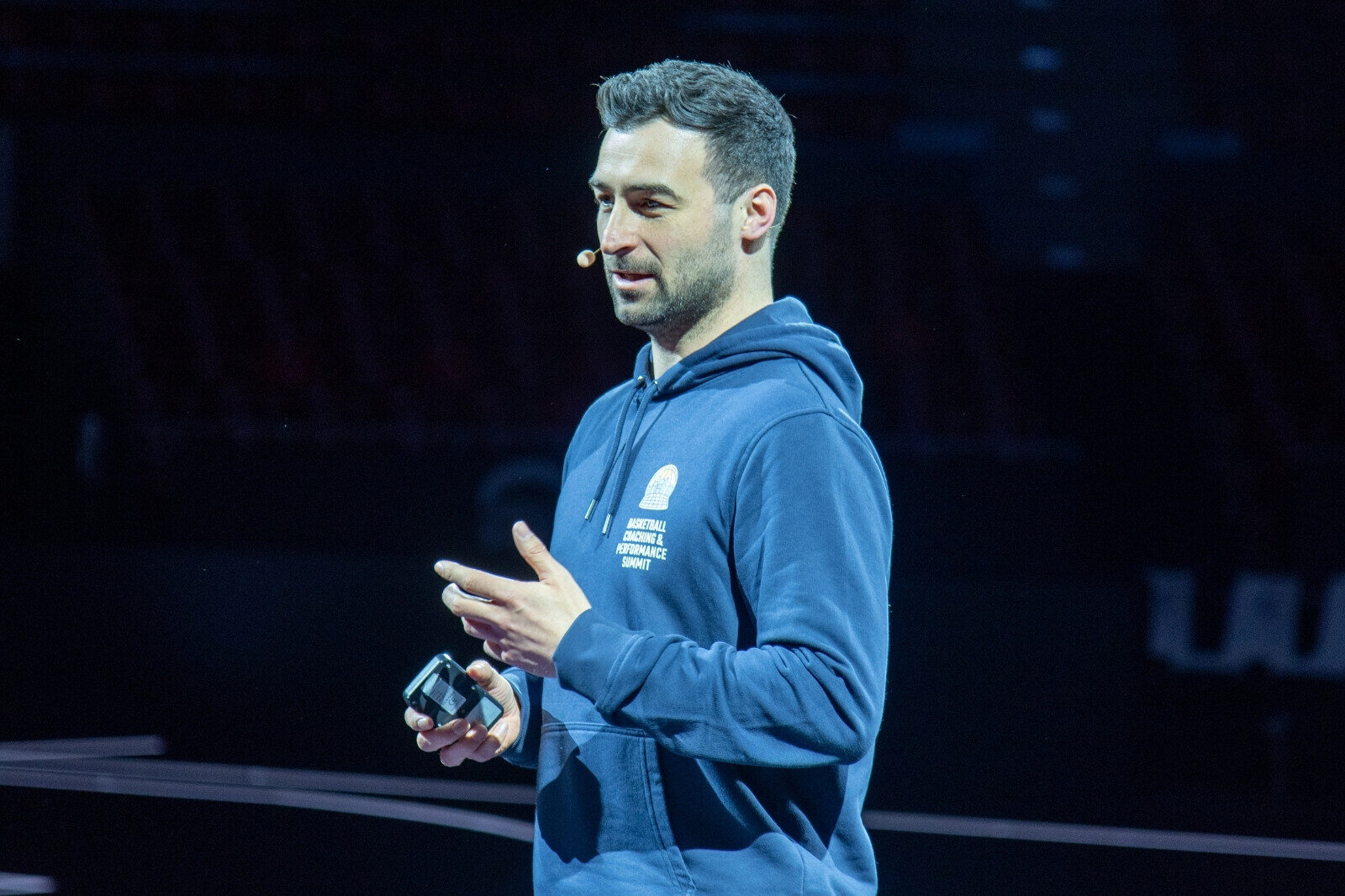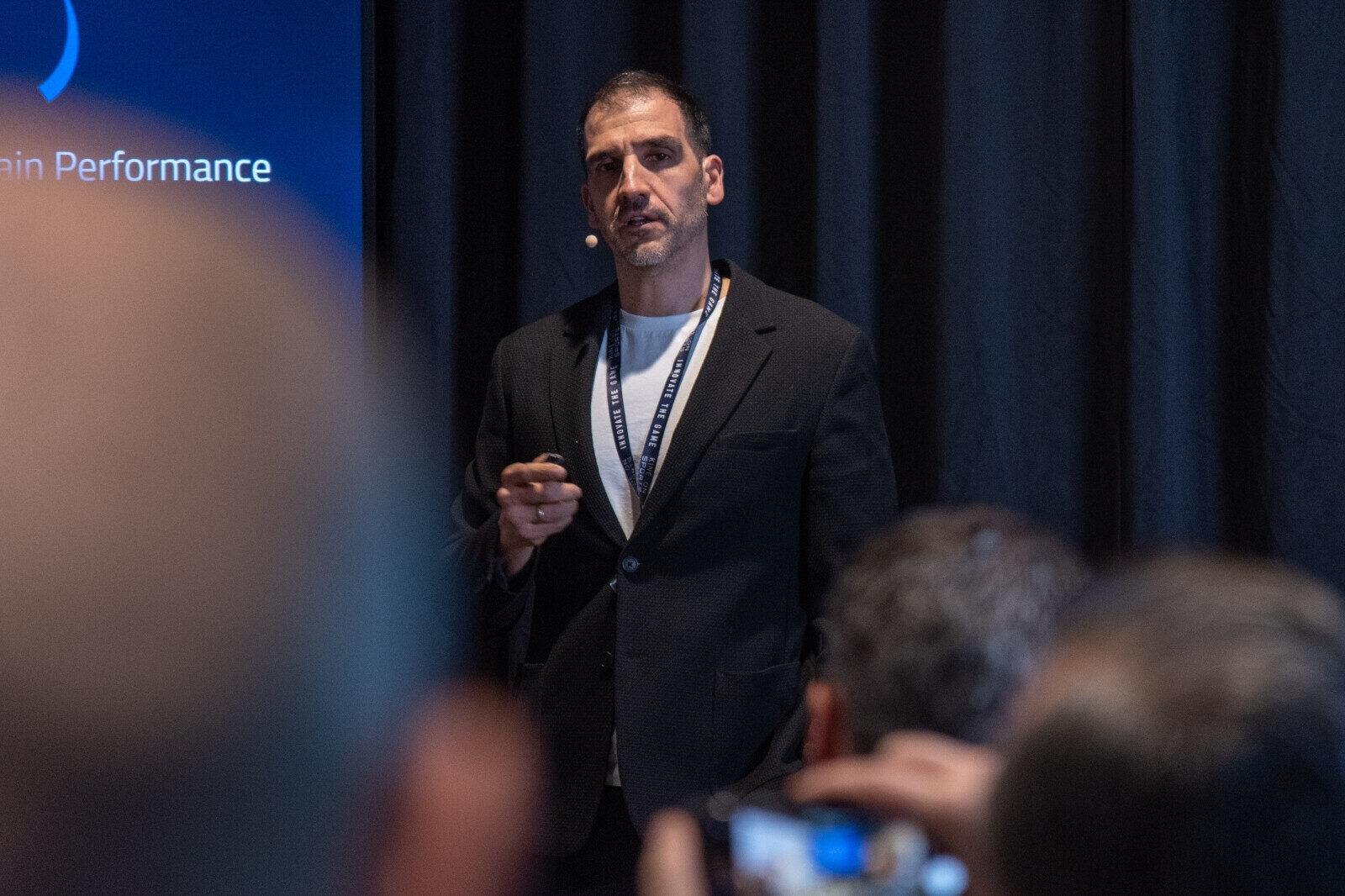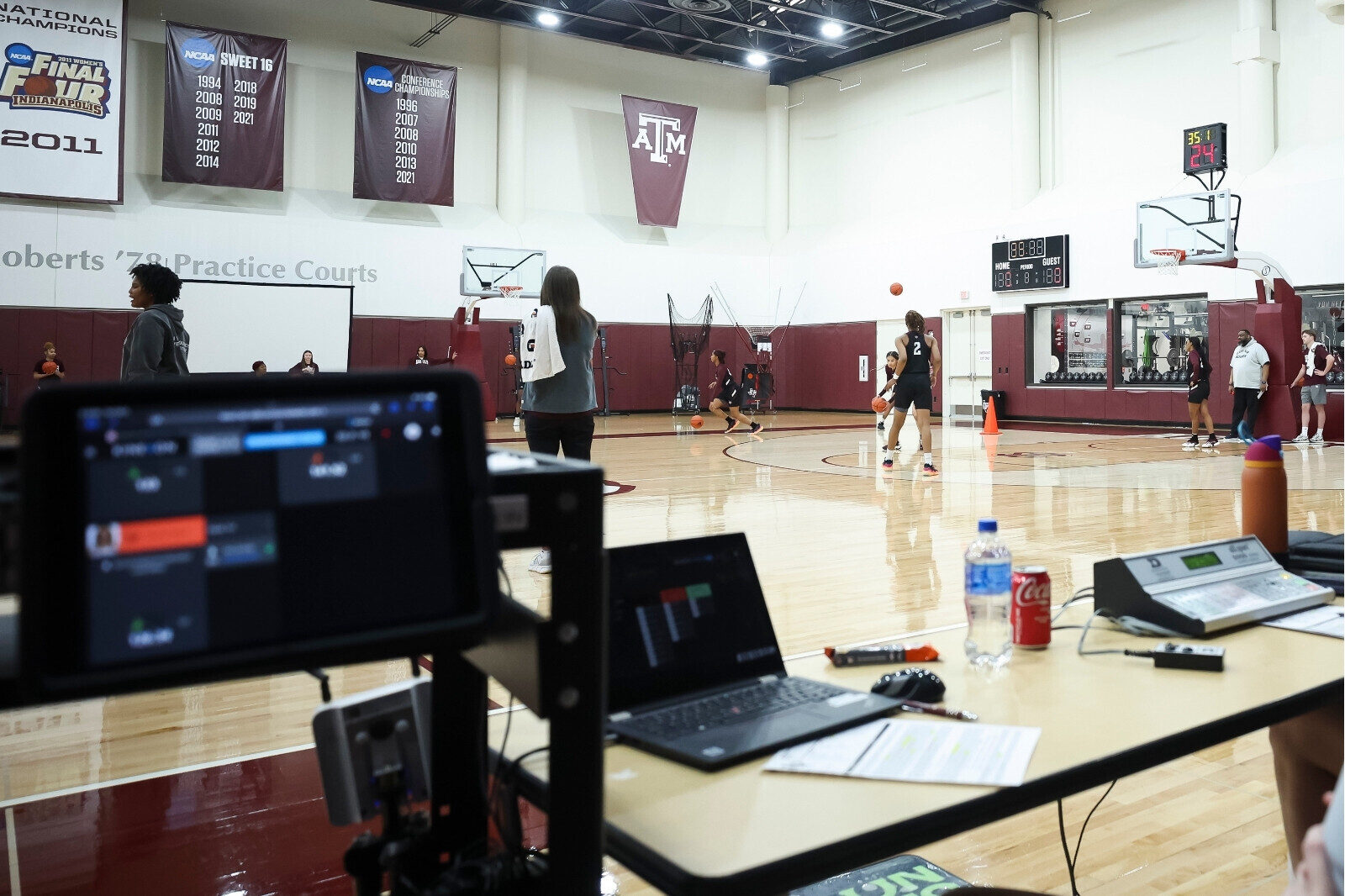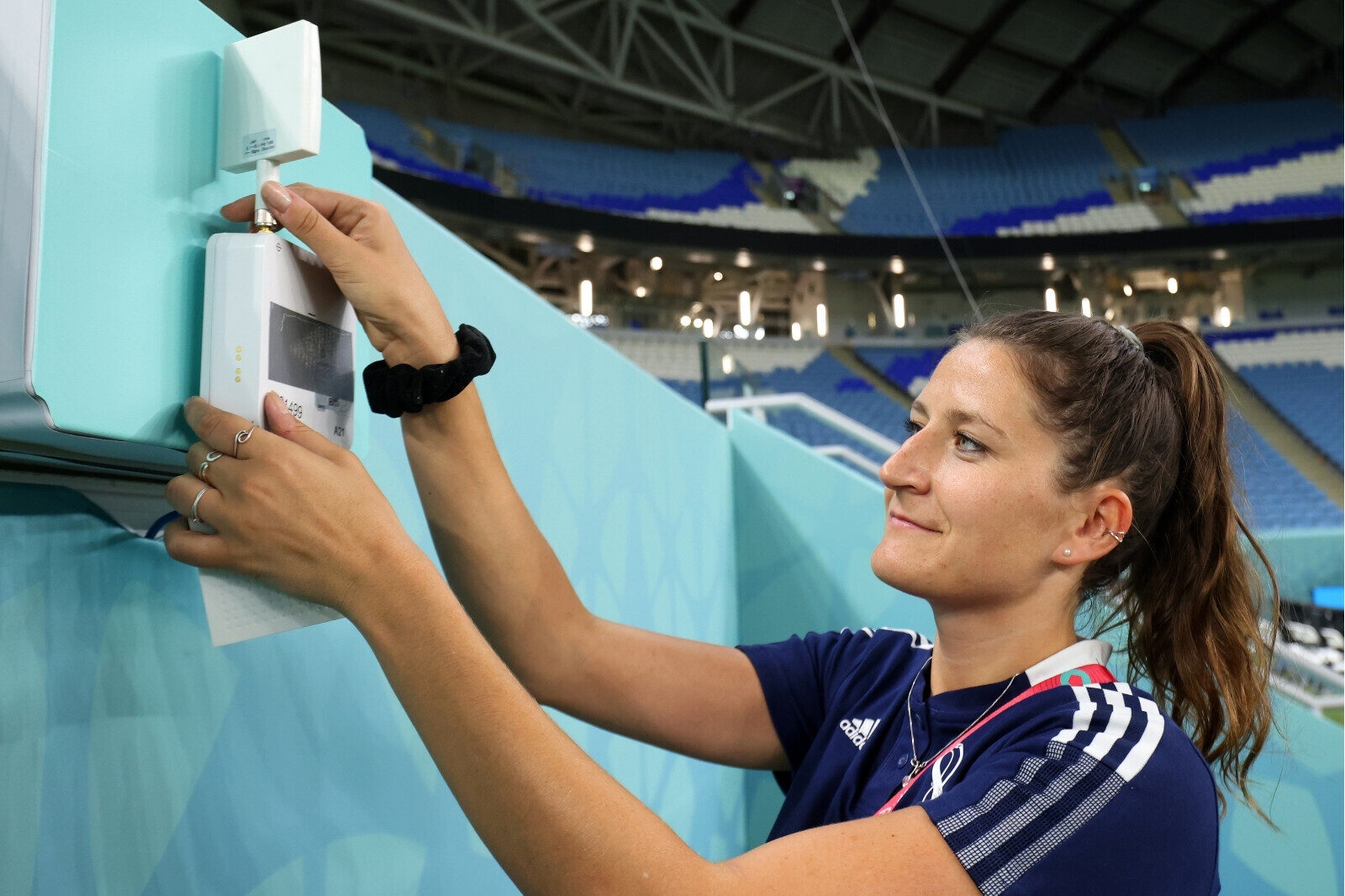The Secret Behind The University of Arizona’s Sports Performance Training Methods
Two key figures in the data-driven revolution at the University of Arizona are Jim Krumpos and Dayannara Munoz. They say there are three critical factors that make all the difference in their data collection efforts and training style.

Coach Munoz is pursuing a second graduate degree in Chemical Engineering at the University of Arizona and is an Aircraft Maintenance Officer with the United States Air Force. She’s an MIT graduate who loves to crunch numbers. “She’s the brains behind the operation,” said Coach Krumpos, who is the Associate Athletic Director, Performance Enhancement. “I think it’s important that coaches have someone who can help them understand the data and can help explain it, even if they have to go raid the math department to find someone,” he added.

Use a Drill Index and Session Load Planner to Plan More Efficient Practices
Collecting Data on All Players is Critical for Coaches
But having someone to explain what the metrics mean is only the beginning. According to Coach Krumpos, you also need data on every player, and the insights to put together a complete picture of everyone on the team.
He believes that data plays a critical role in ensuring that all players, including those who don’t play regularly, or are coming back from injury, are prepared to perform when called upon.
“The data is the most helpful tool for me because it allows me to ensure that players who don’t play often receive the proper load throughout a season,” Coach Krumpos said. “This way, when they do have to come in, they’re ready to perform, and there’s no significant drop-off in their conditioning or ability to jump multiple times,” he said.
Before analytics, the Wildcats coaching staff relied on their knowledge of the sport, the coach, and the style of play. Now they can quantify performance and identify discrepancies. Coach Krumpos says, “We were doing the best we could, but we didn’t really have numbers to put to that, so it’s very helpful.”

“The data is the most helpful tool for me when I can make sure that the players that aren’t playing a lot… are receiving the proper load throughout a season, so when they do have to come in, they’re ready to go.”
Data Tells a Better Story About Athletes

In his experience, Coach Krumpos has learned that data helps tell a more detailed story about his athletes.
It can help coaches understand why a player might look fatigued or seem to lack effort.
Coach Krumpos recalls a time when data helped identify a player who had a really high heart rate and seemed somewhat out of shape, despite meeting conditioning drill requirements. Upon analyzing her heart rate and HRV data, they discovered she was deficient in some minerals and wasn’t sleeping enough. Addressing these issues improved her heart rate and performance level.
Analytics Complete the Puzzle and Eliminates Guesswork
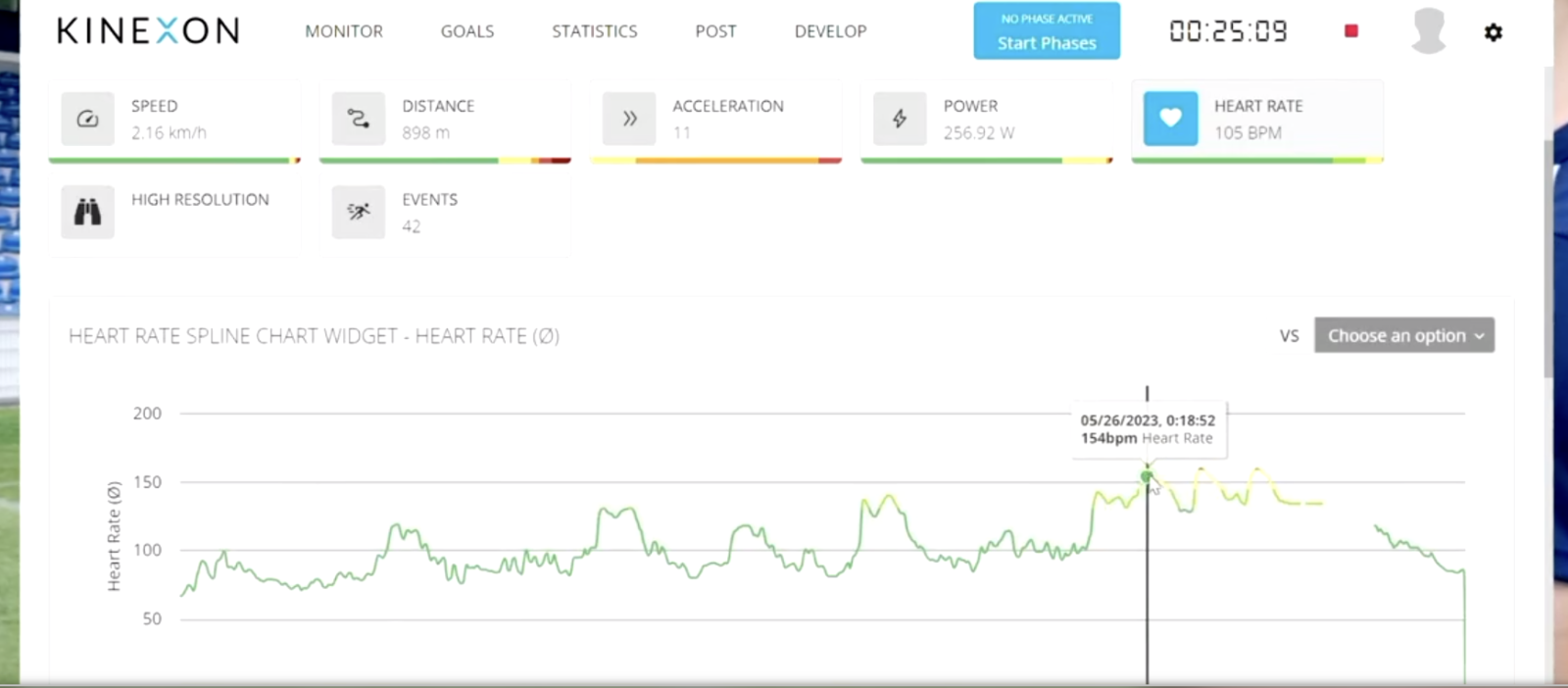
Coach Munoz, who transitioned from the private sector, appreciates the technology available at the university. “In the private sector, most gyms lack technology, so coaches base their decisions on previous lifts or load intensity and their perception of the player’s rate,” she said.
She adds that the data provides an extra piece of the puzzle, allowing coaches to make more informed decisions and create the most useful strategy. As Coach Munoz puts it, “It’s really cool to see the pieces (of data) and have them come together so that we can make the best plan that is the most effective.”
For example, Coach Munoz says that being exposed to all the technology and having data to support her decision not only helps her put together plans for all athletes but also helps her recognize when a player’s workload may be too high or too low, which is crucial.

“It’s really cool to see the pieces and have them come together so that we can make a plan that is the most effective.”
Start Using Data to Improve Performance
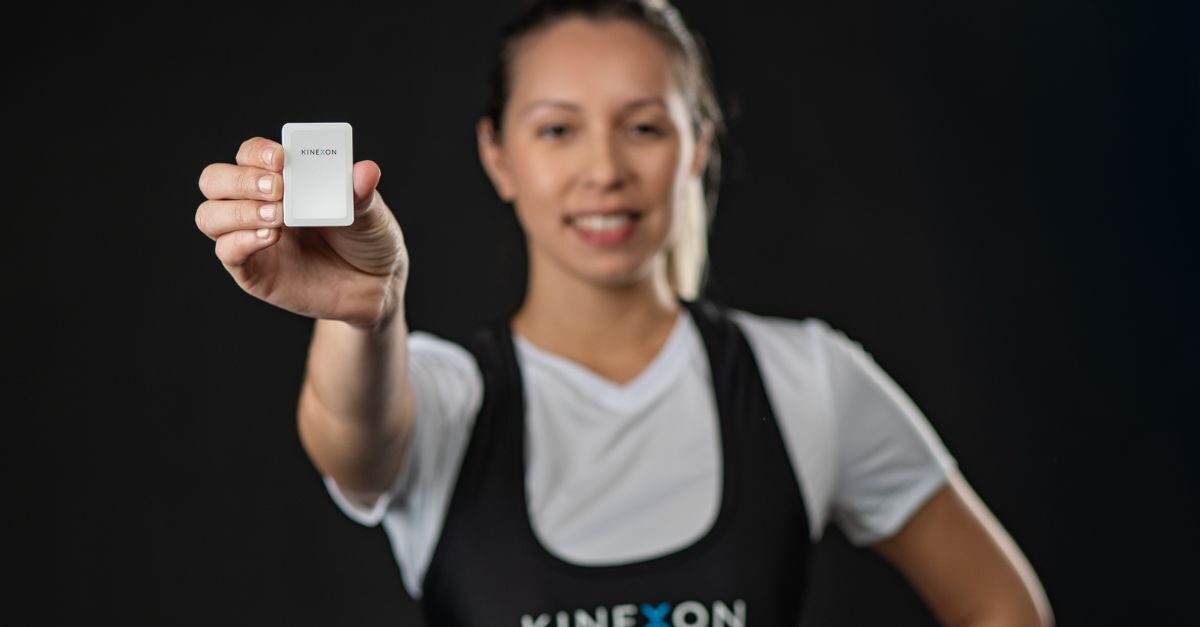
The University of Arizona’s sports performance coaches are using the power of data to enhance player performance and safety for their men’s and women’s teams.
Tune into the newest episode of “The Xtra Edge” to hear more about their approach, and how it exemplifies the potential of data-driven decision-making in coaching.
You can also hear about the viral video Coach Krumpos was a part of during the 2016 College Baseball World Series.
And if you want to learn more about collecting sports data to improve your team, feel free to reach out to us at any time.

